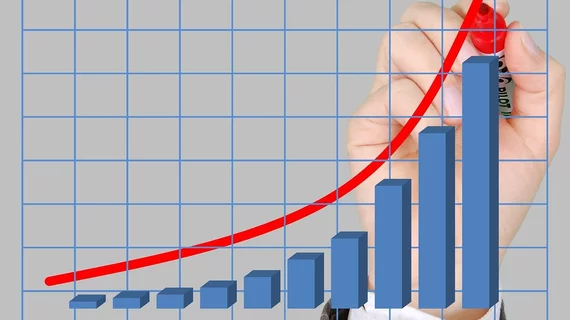Rad tech relief coming? Field reports educational program enrollment increases
Some minor relief from certain technologist shortages could be on the horizon, with educational programs reporting increased enrollment compared to 2022 levels.
Program directors have seen year-over-year upticks in students studying radiography, radiation therapy and nuclear medicine. Meanwhile, enrollment in sonography and magnetic resonance programs dropped slightly, the American Society of Radiologic Technologists reported Monday.
The findings are based on a survey of 301 program directors in the U.S. (97% of responses) and Canada (3%), emailed in October.
“[ASRT] reviews longitudinal enrollment survey results, along with feedback from educator and student members, to ensure that we create and maintain forward-thinking, valuable benefits that support educational programs in medical imaging and radiation therapy,” Melissa Culp, executive VP of member engagement, said in a Dec. 11 announcement.
An estimated 17,679 students entered American Registry of Radiologic Technologists-approved radiography programs this year, a nearly 9% increase compared to 2022. Enrollment in radiation therapy programs climbed almost 8%, up to 1,302 in 2023. But sonography interest dipped almost 11%, down to 3,144 in 2023, and MRI enrollment dropped almost 23%, totaling 555 students.
Another survey from ASRT released in May found that technologist vacancy rates are hitting historic highs in 2023. This includes an all-time high of 18.1% among radiographers, up from 6.2% in 2021. Amid these challenges, hospitals are trying to up their offers, including one rural provider doling out $20,000 sign-on bonuses for techs.

